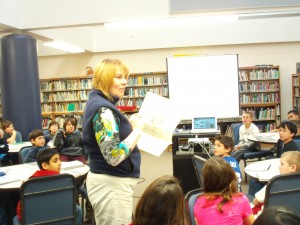We have begun a new way of learning, which I am so excited about. It is a way for students to learn and access content, skills, and strategies without being in the classroom. Students can work at their own pace, review material, and enhance their understanding of the topic. Flipping the classroom has ARRIVED to Room 216.
The concept of flipping the classroom is truly amazing. It allows students to learn concepts or material, review material, rewind lessons to grasp missed ideas or clarify understanding, and if absent catch up with class if tutorials are available.
How it works is as follows: I record a lesson and upload load it to Moodle. Students log onto Moodle and connect to the link via the internet. Students take notes, review notes, or complete the activity before the next day’s class. During class the next day or over the next few days, the students spend more time applying and extending the concept, skill, or strategy, instead of just taking the notes. The note taking or gist of the activity was watched or explained the night before. Students will have the background knowledge or idea before arriving at class. Below is an example of a spelling lesson students watched before class.
More videos will be created and shared with the students. Whether it is a spelling or grammar lesson, tutorials on how to annotate the text or have a discussion, or even how to write an argumentative paper, students will now have lessons, reviews, or reteaching of concepts/skills/strategies at their finger tips (all flipped lessons will be available on Moodle).
Some student feedback was as follows:
- I like how I could take notes and rewind the video, so I could work on my own pace.
- It is a cool way of learning.
- It will be fun having more time to do activities in class.
I will continue to post videos on various aspects of the concepts/skills taught in order to enhance the learning.






